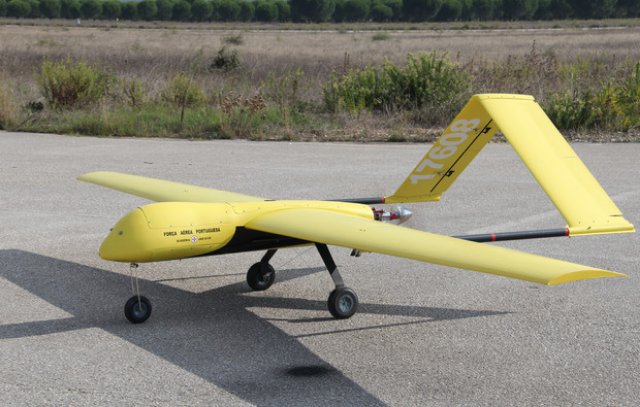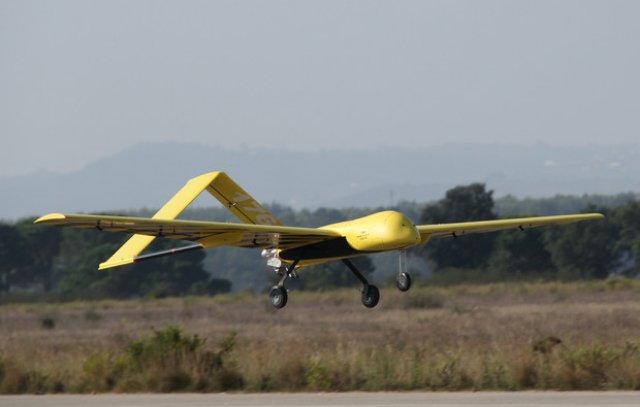The Portuguese Air Force (FAP) is working on the development of a new unmanned aerial vehicle weighing 500-600 pounds. The FAP wants to create a new fleet of drones to patrol and monitoring of maritime space.Today, the FAP uses drones to the different missions of patrolling and monitoring of Exclusive Economic Zone or the Continental Shelf Extension – within two years, the same FAP is likely to also use unmanned aerial vehicles to cover the extensive Portuguese maritime area . “We do not know how many unmanned aerial vehicles will have the new station. Through various tests, let’s try to understand how many vehicles will be needed to ensure the monitoring of maritime space ‘, says José Morgado, director of the Research Centre of the Air Force Academy, on the sidelines of the 8th Congress of the Portuguese Committee of the International Organization of Sciences Radio.
In the plans of the Air Force Academy include the development of drones weighing between 500 and 600 kg and an energy autonomy for 24 hours of flight. Vehicles will be able to independently perform predefined missions, but should not be equipped with weapons.
“These vehicles are used only for monitoring of maritime space, and will be used to supplement manned aircraft and not as substitutes” replies Jose Morgado, recalling that unmanned vehicles can perform monitoring tasks with lower costs than those of manned aircraft.
For the foreseeable future, the Air Force Academy will begin testing models between 150 and 200 kg to gradually gain skills for developing drones that have dimensions record holders compared to models that FAP (as of the Academy of Air Force had not gone beyond the 150 kg).
With the development of larger models, the FAP can ensure longer flight range and then able to use larger sensors – including the radar, which can especially be useful for monitoring large areas, such as those constitute the national maritime space. The FAP will design the new drone, but the manufacture shall be delivered to commercial and industrial partners who will be selected in the near future.
In March and 2015, two years after debuting the drone of 600 pounds, the FAP will make known UAS30 (in the photos included on this page), a drone taking off 25 pounds with the help of a catapult and lands with the support a network. The project hitch about a year and a half, with a challenge by EDP, intended to test the use of small drones for inspection of power lines.
The UAS30 was developed in partnership with the CEIIA (Center for Excellence and Innovation of the Automotive Industry in Matosinhos) to meet the challenge of EDP and also to address many other areas that may benefit from the use of drones. “It could be to patrol certain areas, for the Navy missions or preventing fires. As of March we have the operating UAS30 and with a specific mission already assigned, “explains José Morgado.
The UAS30 has been tested on missions with speed of 50 km / h. To achieve this speed, deliberately low to ensure the capture of images in the best conditions, researchers from the Air Force Academy resorted to larger wings. José Morgado remember that you can also incorporate wings for smaller missions in need for more speed.
The UAS30 will not be exclusive to the FAP. The new drone will also be marketed to organizations and companies wishing to take advantage of the use of drones.
Source: EXAME Informatica


